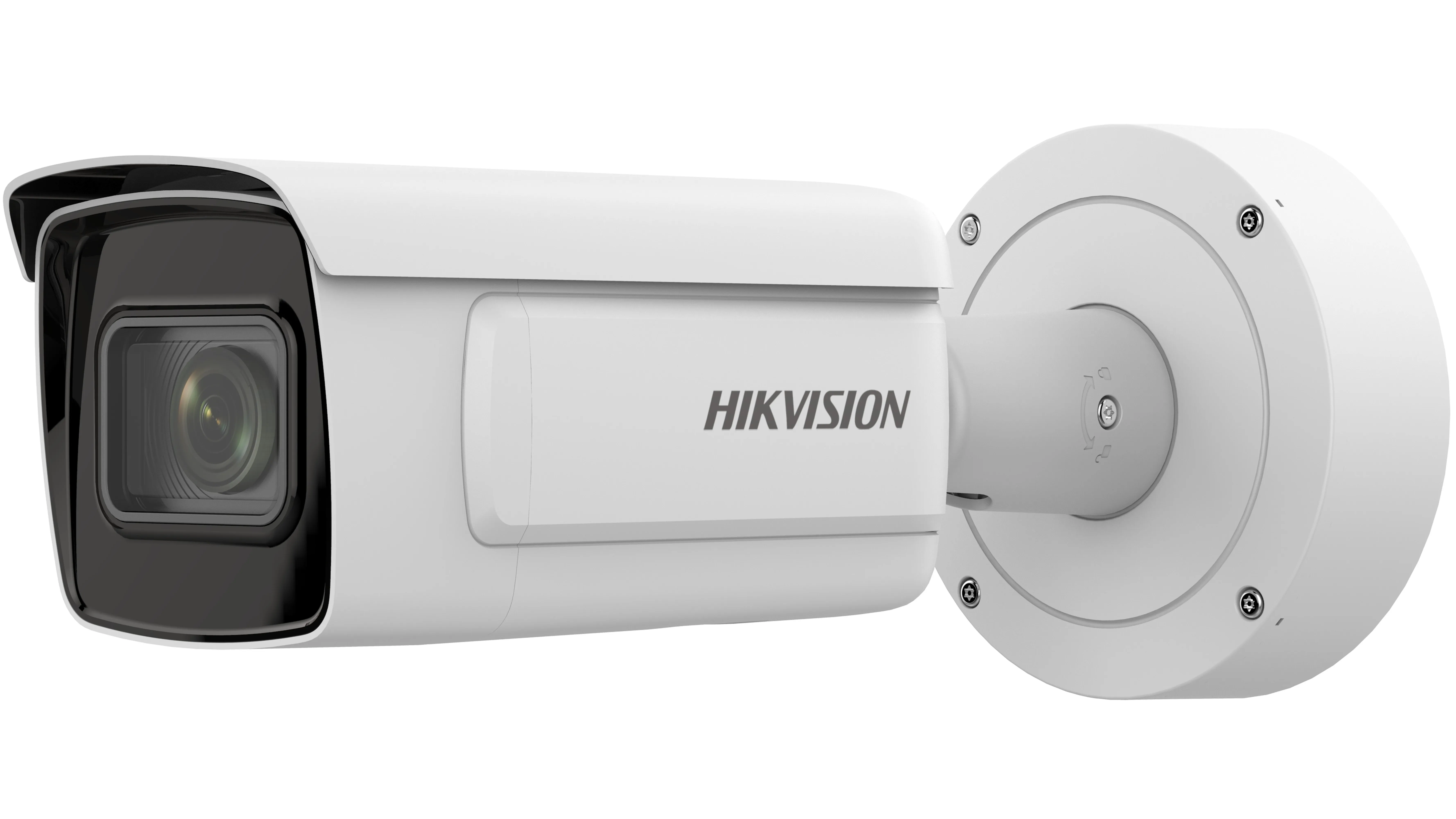ABI Research has identified camera-based driver monitoring systems (DMS) as the chief enablers of safe, semi-autonomous driving. The market is forecast to reach 17.5 million camera-based DMS shipments in 2026.
Biometric availability encompasses the driver's alertness, his or her engagement with the driving process and even the driver's ability to manually interact with the system as required. The key to enabling such a holistic driver monitoring system (DMS) is the use of internal cameras, either stereos
October 21, 2016
Read time: 2 mins
Biometric availability encompasses the driver's alertness, his or her engagement with the driving process and even the driver's ability to manually interact with the system as required. The key to enabling such a holistic driver monitoring system (DMS) is the use of internal cameras, either stereoscopic or time-of-flight, to identify and track facial features, gaze direction, and upper body position. ABI Research identifies a number of vision analytics companies active in this space, including EDGE3 Technologies, FotoNation, Jungo Connectivity and gestigon.
According to James Hodgson, industry analyst at ABI Research, a number of semi-autonomous system launches from OEMs like Mercedes-Benz, Nissan, and Tesla have highlighted the importance of a robust human machine interface, or HMI, in scenarios that require an automated system to work in tandem with a human driver. Leveraging camera-based DMS to provide the host autonomous system with a comprehensive understanding of the driver's biometric availability is the foundation of safe, semi-autonomous HMI.
"In many ways, this represents a new cost burden to OEMs looking to deploy semi-autonomous systems," concludes Hodgson. "As gesture control and driver identification emerge as popular features to justify the additional cost of an autonomous system to the end users, OEMs are exploring how these new features can be offered via the enabling hardware for next generation DMS, in order to capitalise on this movement."








